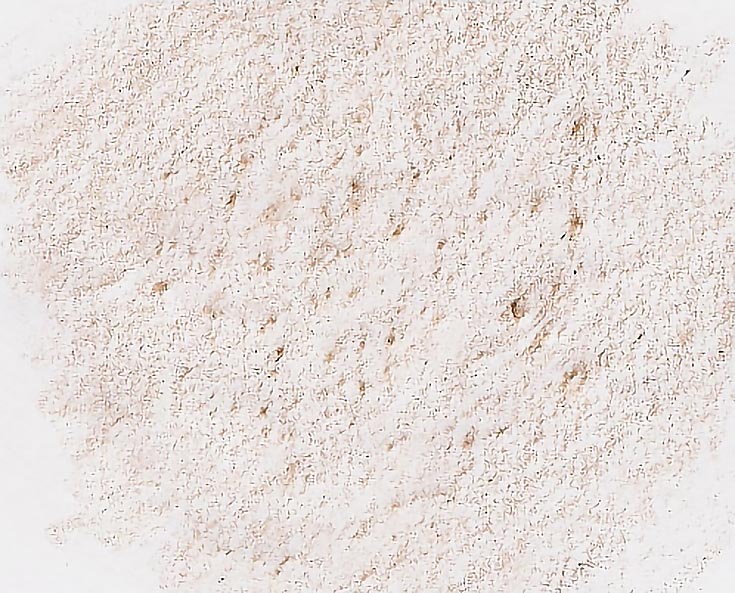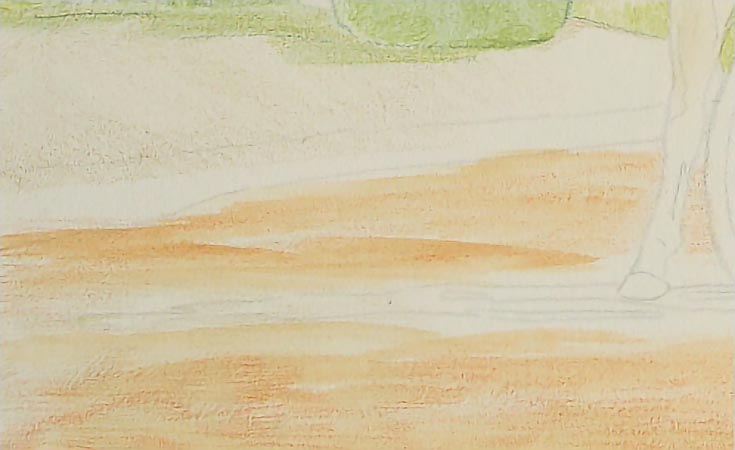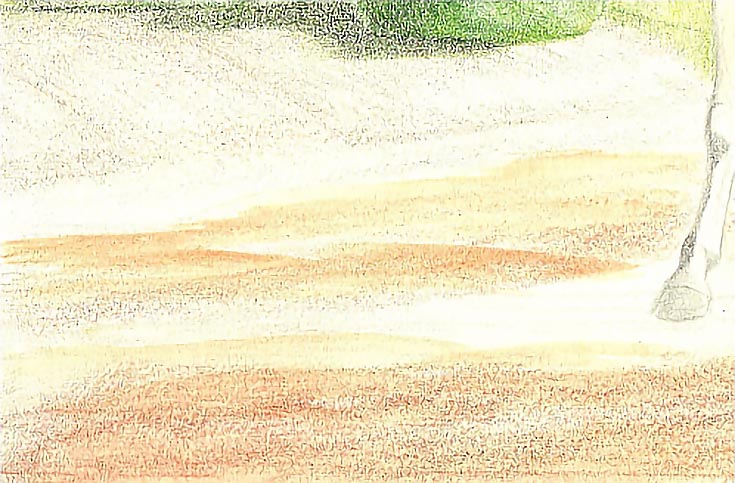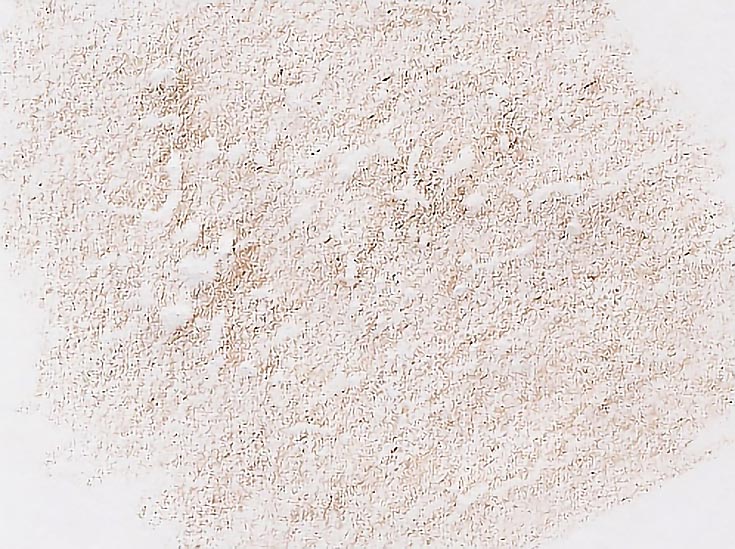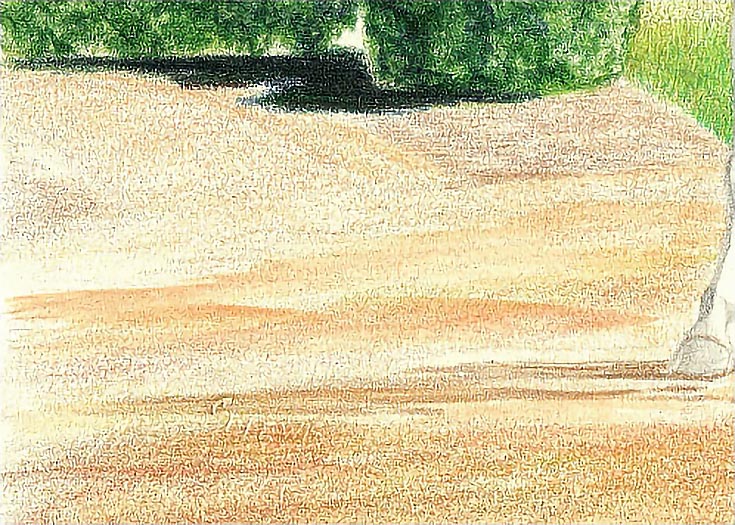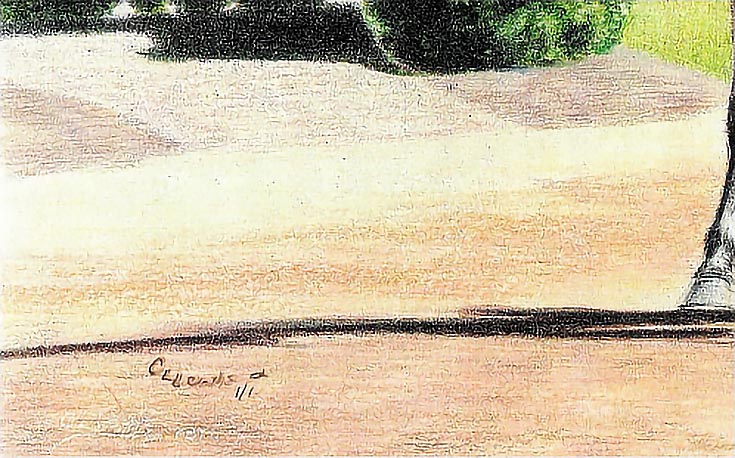If you enjoy making landscapes or other outdoor scenes, it’s important to know how to draw dirt in a manner that fits your subject and style. But for many artists, dirt is. . . well, just dirt, and not nearly as interesting as water or as monumental as mountains.
Maybe you’ve never thought about how you draw dirt before! If so, that’s OK, because today I’m going to demonstrate one way to draw convincing dirt with colored pencils.
This is what works best for me, but feel free to adapt it to your own style. (NOTE: You may also enjoy my previous article on drawing rough stones and cement.)
Let’s get started!
1. Pick a base color for your dirt
For most colors of soil, you’ll want to choose a good neutral tone for the base color. Light Umber is the color I use most often as a base color, but you could also use Cream, Beige, Sand, Clay Rose, Jasmine, Yellow Ochre (if used in a light glaze), French Grey 20%, French Grey 30%, or Bronze (if used in a light glaze).
If you’re adventurous, you can also try Blush Pink or Salmon Pink, for dirt with a reddish cast, or Jade Green or Blue Slate in a light glaze for dirt with blue or green under tones. (All these color names are for Prismacolor pencils, by the way.)
2. Consider adding texture
Once you’ve chosen the base color, you’ll need to think about how you’ll put it on the paper—and that depends to some degree on the type of dirt you’re drawing.
For sandy soils, an even color layer and a light touch works best. Use the side of the pencil and two or three layers for the best results.
For a coarser soil, or for gravel, try using a found texture such as concrete or sand paper. The illustration below shows a base color applied on paper laid over concrete.
3. Draw your base layer of dirt
In this next illustration, my base colors are Goldenrod, Olive Green, and Terra Cotta applied randomly with very light pressure and horizontal strokes. Two of the colors (Olive Green and Terra Cotta) were Verithin pencils, which have a hard lead and produce thin layers of color.
In the cast shadow area I applied Dark Brown in overlapping strokes with a blunt pencil or the side of the pencil. In the second dark area, I used the same color but sharpened the point of the pencil and left spaces between some strokes.
Next, I covered the entire area, including the cast shadow, in short, horizontal strokes of Goldenrod with medium-light pressure (about a 3 or 4 on a 10-point scale).
Around the shrubs, I added Light Umber in short horizontal strokes with light pressure, followed by a layer of Dark Umber in the same fashion. For the strip of red dirt up the center, I used sienna brown with light pressure. The texture here is different than the adjacent areas, so I used a circular stroke.
For small areas of fine-grained dirt (the image above has a few sections like this) you can create multiple layers in different colors using a fine-grained found texture, such as this one:
4. Add important details
Before adding the next layers, add details such as tracks or shadows on the lee side of hills.
Mark the details by sketching in the shadows with a color one or two shades darker than the base color. You can also use a complementary color if you prefer. Use light pressure to outline the shadow, then fill in the shape.
You might also want to outline the sunlit side of the footprint, hill, or object before laying down the next color. It really depends on what’s in your composition, but this is the best way to avoid accidentally layering over the highlight and losing it. Just outline any highlights you want to preserve using your base color with medium pressure and a sharp edge.
5. Build up your color layers
Begin adding color depth and visual texture using more than one color. For darker soils or in the shadow areas, try some purples or blues. In lighter soils, yellows, golds, and even a green or two can be used to build color and depth a layer at a time.
6. Add the finishing touches
Depending on the look you want, you can finish by glazing color with a blunt pencil and medium to heavy pressure, by burnishing, or by a combination of those methods.
If you burnish, use a light color such as White, Beige, or Sky Blue Light and burnish highlights into the sunlit areas. Use a dark color compatible with the color and value of the shadows to burnish in the shadows.
Bonus tips
• Try not to burnish the entire area. Leave some patches of ground in an unburnished color to add visual interest.
• If you want to burnish the entire area, burnish with different colors in a “patchwork” method. Overlap the colors to soften transitions.
• Don’t over-work the area. It should be finished in a level of detail that matches the rest of your composition, but don’t get too caught up in the details. Leave those for the main subject.
Good luck, and happy drawing!
This post may contain affiliate links.
